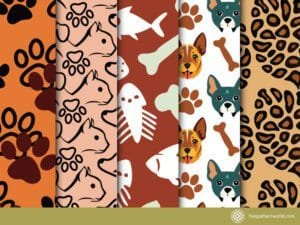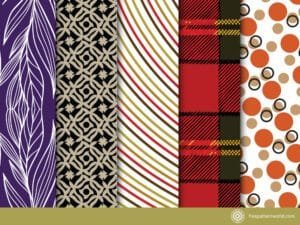
Table of Contents
Introduction
Patterns have been a part of human creativity and expression for centuries. They have the power to captivate our senses, evoke emotions, and inspire innovation. In this article, we’ll explore the top five uses of patterns in various domains, including Fashion and Clothing, Home Decor, Art and Design, Packaging, and Product Design. These areas showcase the versatility and enduring appeal of patterns in our lives.

Fashion and Clothing
Expressive Apparel Design
Fashion is perhaps one of the most dynamic industries where patterns play a pivotal role. From haute couture to everyday wear, its define clothing styles and allow designers to express their creativity. Whether it’s classic stripes and polka dots or intricate floral and geometric designs, set the tone for fashion trends.
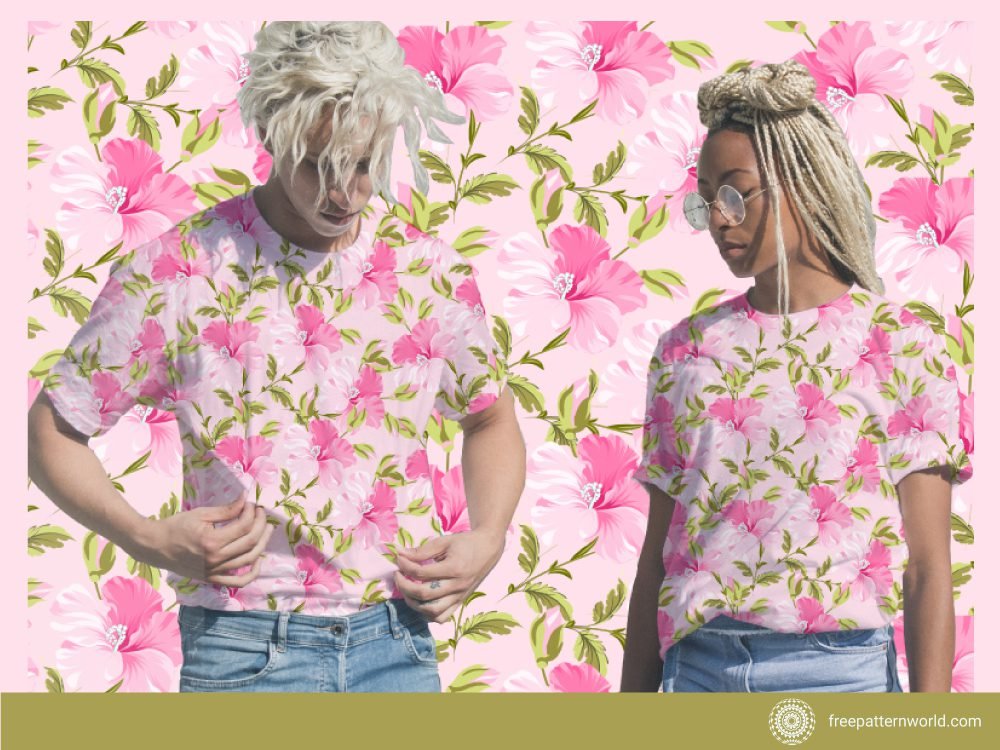
Patterns can convey moods, cultural influences, and even social messages. For example, floral patterns often evoke a sense of femininity and romance, while bold geometric patterns can signal modernity and sophistication. Cultural patterns, such as paisleys or African prints, celebrate heritage and tell stories of diverse communities.
Textile Innovation
Patterns also drive textile innovation. Advancements in technology have enabled the creation of intricate and functional patterns in fabrics. These can include moisture-wicking patterns for sportswear, UV-protective patterns for outdoor clothing, and thermoregulatory patterns for performance gear.
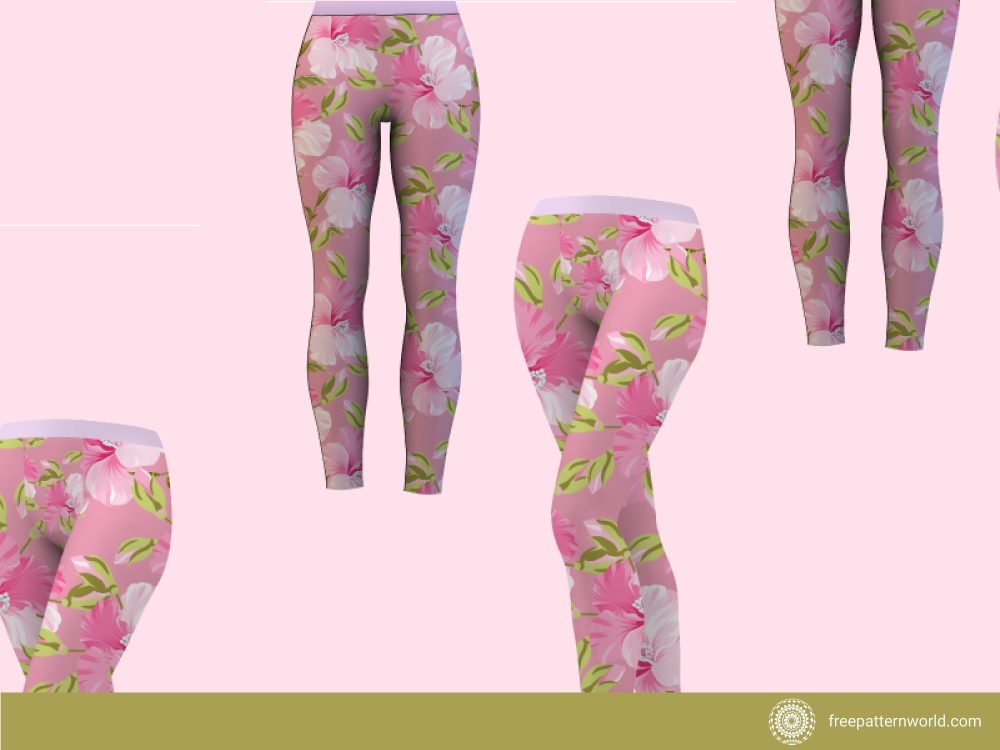
Sustainable fashion is increasingly incorporating eco-friendly patterns. Designers are using digital printing techniques to minimize dye and water usage while creating stunning, complex patterns on fabrics. Recycling and upcycling textiles are also gaining popularity, reducing waste and promoting ethical consumption.
Home Decor
Aesthetic Enhancement
In the realm of home decor, patterns are a fundamental tool for transforming living spaces. Patterns can be found in wallpapers, upholstery, curtains, rugs, and decorative items. They add visual interest, character, and personality to interiors.
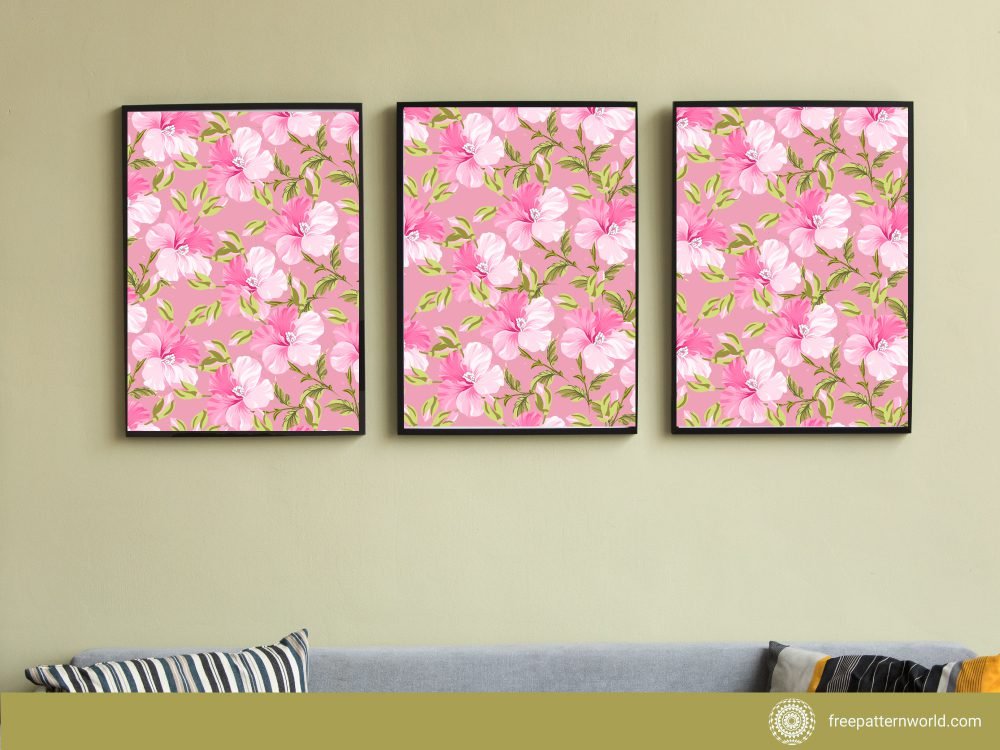
The choice of patterns in home decor can significantly impact the ambiance of a room. For example, damask patterns on wallpapers and upholstery can impart a sense of opulence and luxury, while nautical stripes in coastal homes create a breezy and relaxed atmosphere. Geometric patterns in modern interiors often convey a minimalist and organized feel.
Cultural Connection
Home decor patterns often reflect cultural influences. Traditional patterns, such as intricate Persian rugs or intricate Chinese porcelain designs, hold deep cultural significance. These patterns bridge the past and present, connecting people to their cultural heritage and history.

Cultural patterns also offer a way to incorporate diverse and global design elements into interior spaces. A Moroccan-inspired tile pattern, for instance, can infuse a room with the vibrant colors and intricate geometry of North African design.
Art and Design
Creative Expression
Patterns are a cornerstone of art and design across various mediums. They provide structure, rhythm, and visual appeal in paintings, sculptures, textiles, and graphic design. Artists have used patterns for centuries to create harmonious compositions and convey their artistic messages.
In the realm of visual arts, patterns can evoke various emotions and themes. Abstract artists like Wassily Kandinsky used patterns to explore the harmony of colors and shapes, while the Op Art movement employed optical illusions created by geometric patterns to challenge viewers’ perceptions.
Functional and Decorative Design
Patterns in design go beyond aesthetics. They also serve functional purposes, such as wayfinding signage in public spaces, safety patterns on vehicles, and tactile patterns for visually impaired individuals.
Decorative patterns in design encompass a wide range of applications. Graphic designers use patterns to create eye-catching visuals for branding and marketing materials. Patterns can be integrated into packaging design, making products stand out on the shelves and leaving a memorable impression on consumers.
Packaging
Visual Appeal and Consumer Engagement
Effective packaging patterns enhance the visual appeal of products and attract consumer attention. They create a sense of anticipation and excitement when customers encounter a visually pleasing package. This can influence purchasing decisions and foster brand loyalty.

Branding and Identity
Its can also play a vital role in packaging design, serving as a powerful tool for branding and identity. Recognizable patterns become synonymous with specific brands, making products instantly identifiable to consumers. For example, the iconic Burberry check pattern is inseparable from the luxury fashion brand.
Packaging patterns can convey a brand’s personality, values, and product positioning. Vibrant and playful patterns might be associated with youth-oriented products, while elegant and understated patterns are chosen for luxury goods.
Product Design
Customization and Personalization
Patterns allow for customization and personalization of products. Manufacturers can offer consumers the option to choose from a variety of patterns or even create their own. This trend empowers customers to express their individuality and preferences through the products they purchase.
From personalized phone cases with custom patterns to customized sneakers featuring unique designs, patterns enable consumers to have a direct hand in the creation of the products they use and cherish.
Conclusion
Patterns are an ever-present and versatile element in our lives, enriching various domains such as fashion and clothing, home decor, art and design, packaging, and product design. They serve as a means of artistic expression, cultural connection, and functional enhancement. Whether it’s the intricate paisleys on a scarf, the soothing patterns on bedroom wallpaper, or the bold packaging design of a favorite product, patterns have the power to shape our experiences, evoke emotions, and inspire innovation. In a world where creativity knows no bounds, patterns continue to be a timeless and indispensable tool of human expression and design.
Download more free pattern designs from freepatternword and freepik.
What are some examples of traditional patterns in clothing and textiles?
Traditional patterns vary greatly depending on culture and region. Examples include paisley patterns in Indian textiles, tribal prints in African fabrics, and intricate Celtic knots in Irish designs.
How do patterns influence fashion trends?
This set the tone for fashion trends by conveying moods and cultural influences. Designers often draw inspiration from patterns to create collections that reflect current styles and consumer preferences.
How do patterns enhance the ambiance of a room in home decor?
Patterns in home decor add visual interest and can influence the atmosphere of a space. For example, floral patterns can create a romantic ambiance, while geometric patterns convey a modern and organized feel.
How do patterns contribute to brand recognition in packaging design?
Recognizable patterns become synonymous with specific brands, making products instantly identifiable to consumers. For instance, the Burberry check pattern is closely associated with the luxury brand.
What role do patterns play in consumer engagement in packaging?
Patterns enhance the visual appeal of packaging, attracting consumer attention and influencing purchasing decisions. Tactile patterns, such as embossed textures, provide a unique sensory experience.
How are patterns used for customization in product design?
Patterns allow for product customization and personalization. Consumers can choose from a range of patterns or even create their own, expressing their individuality through products like phone cases or sneakers.
Can you give an example of how patterns improve functionality in product design?
Patterns can be incorporated into product design to enhance grip and ergonomics. For instance, patterns on the handles of kitchen utensils can make them easier to hold and use.
How do patterns impact art and design beyond aesthetics?
Patterns go beyond aesthetics in art and design. They serve functional purposes, such as wayfinding signage, and can create optical illusions or convey specific messages, as seen in Op Art or political art.
How do patterns influence consumer perception in branding and packaging?
Patterns can evoke emotions and shape consumer perception. For example, warm, earthy patterns may convey a sense of comfort and organic authenticity, influencing how consumers perceive a product.
Are there specific guidelines for choosing patterns in home decor or fashion design?
The choice of patterns in design depends on the desired style, mood, and context. Designers consider factors such as color, scale, and cultural significance to create harmonious and impactful designs.
Are there any specific ethical considerations related to the use of patterns in fashion or product design?
Ethical considerations may include the sourcing of materials, labor practices, and the impact of production processes on the environment. Sustainable and ethical practices are becoming increasingly important in these industries.



